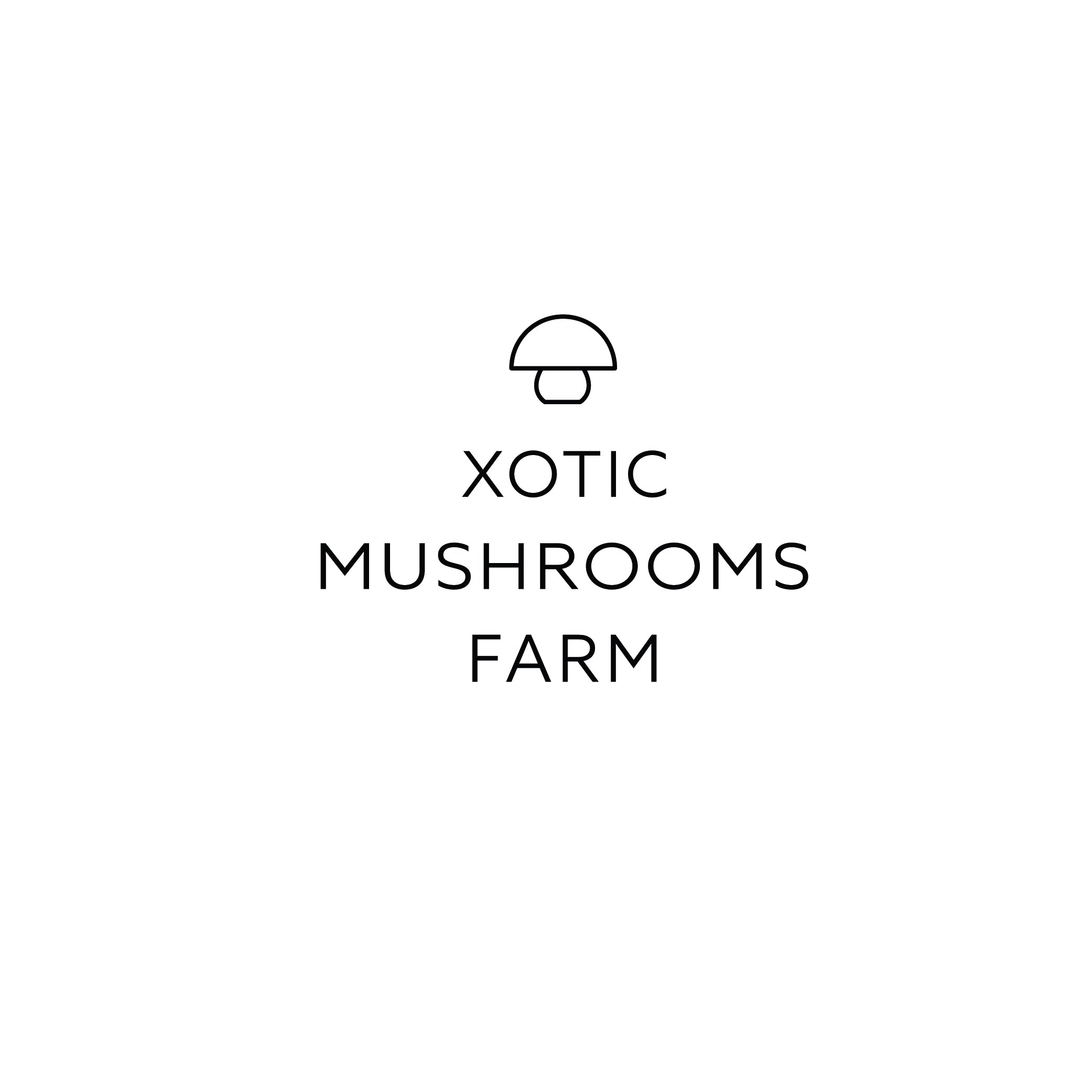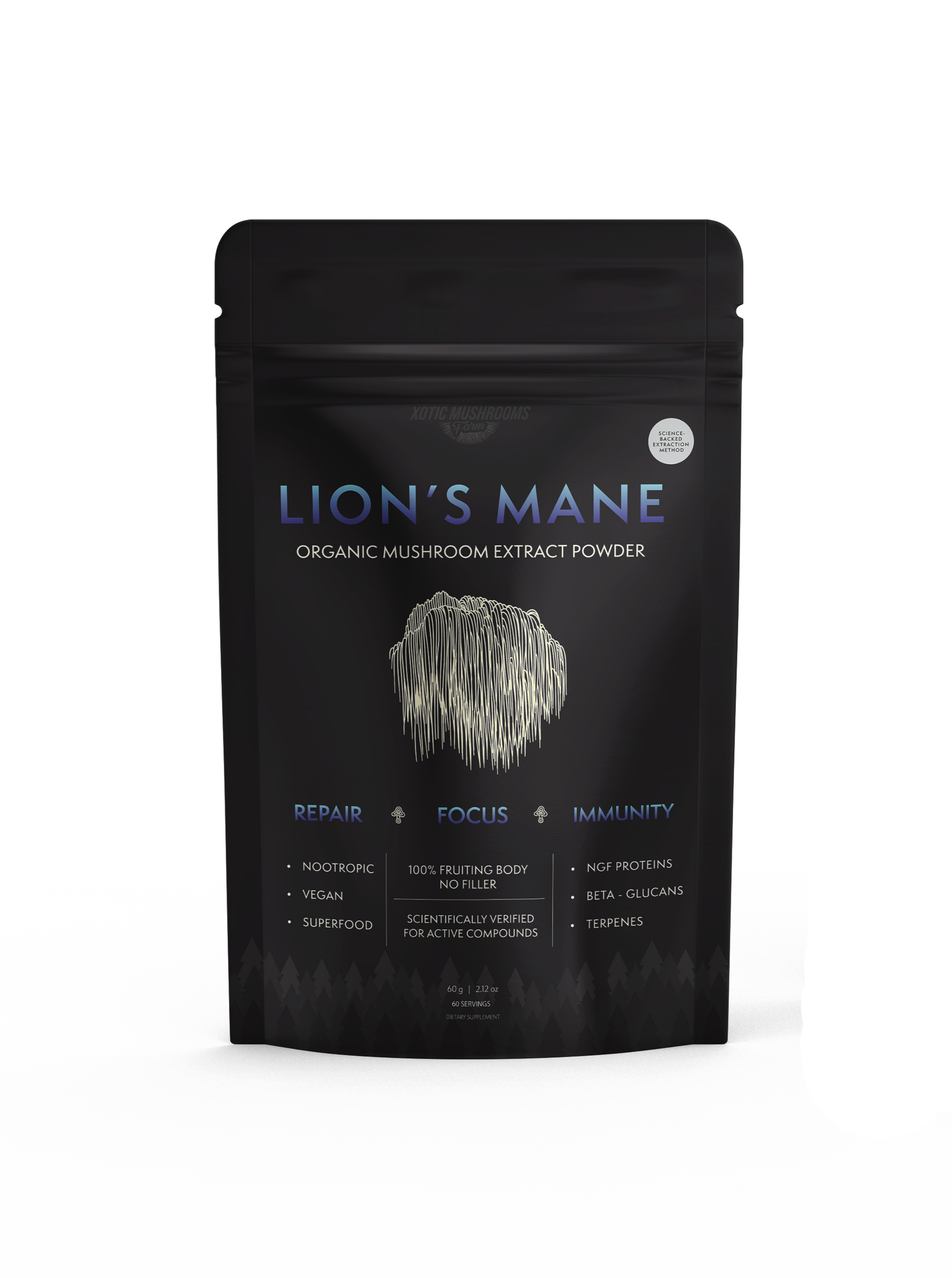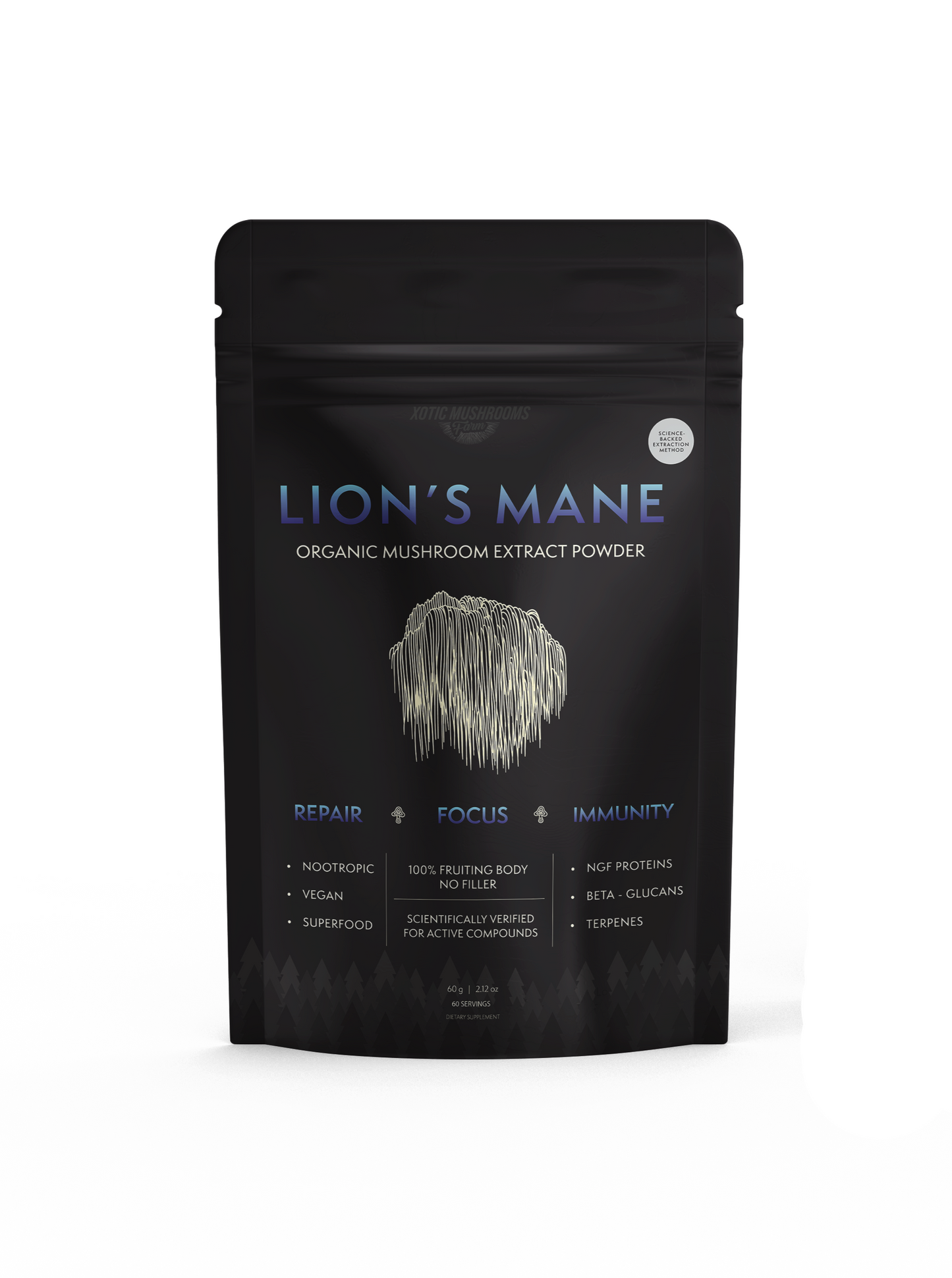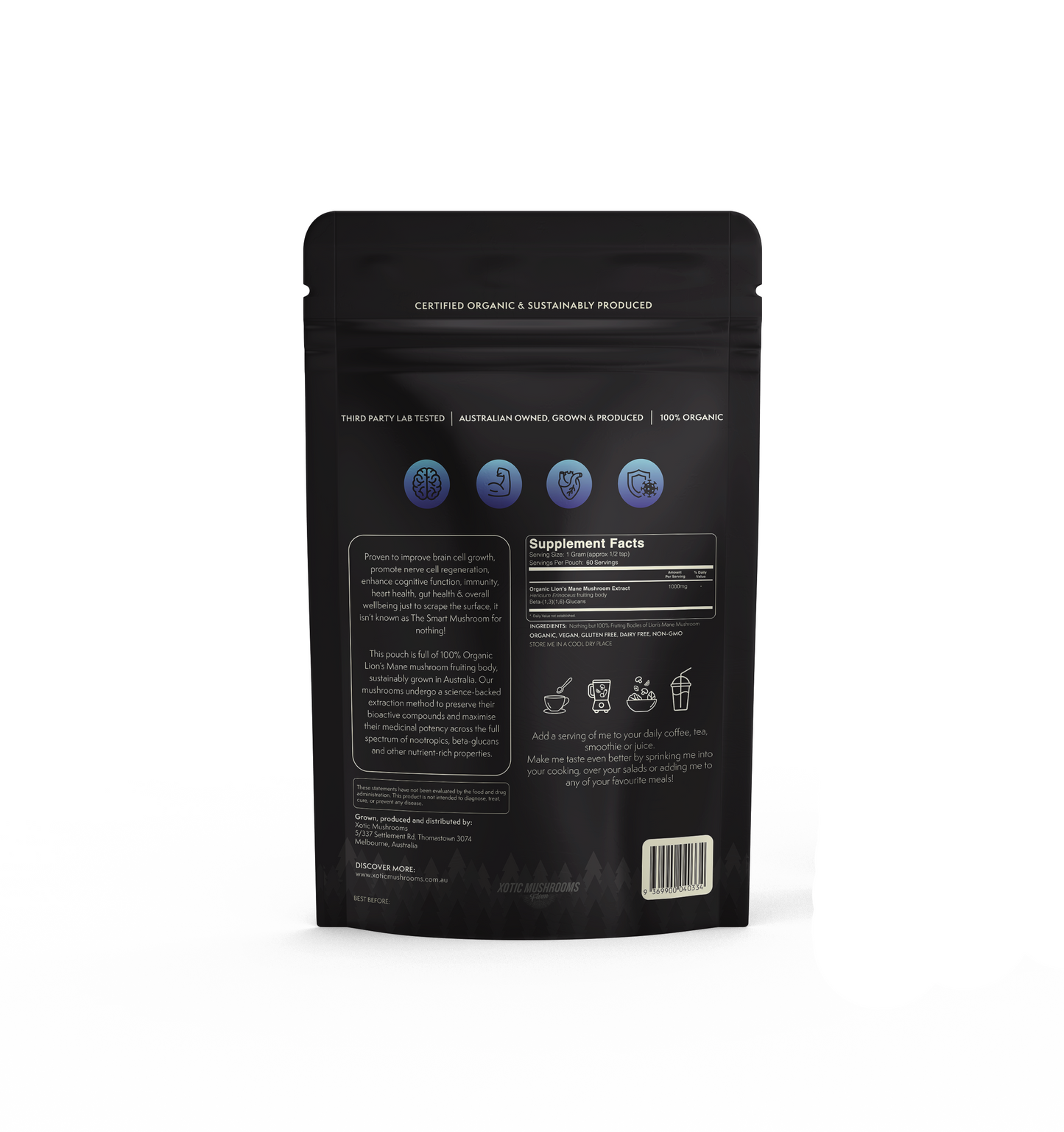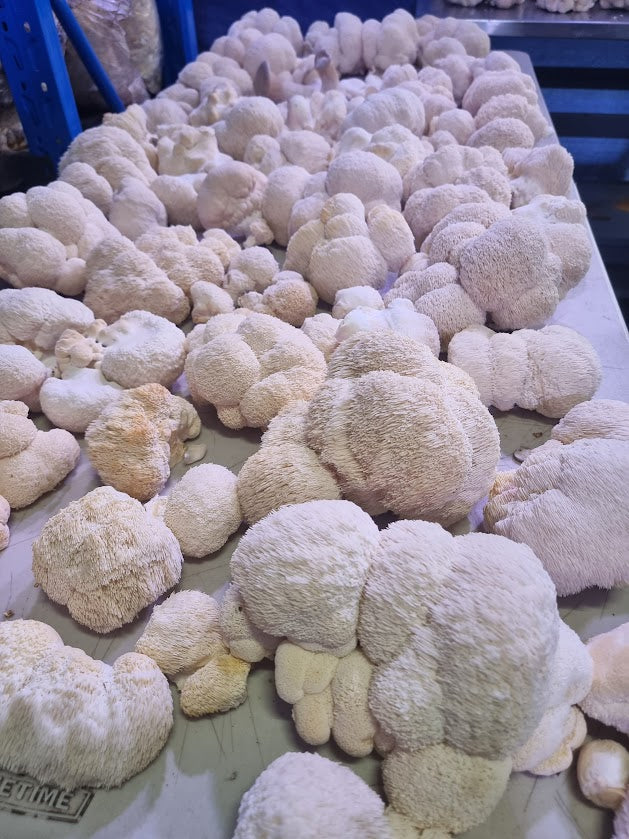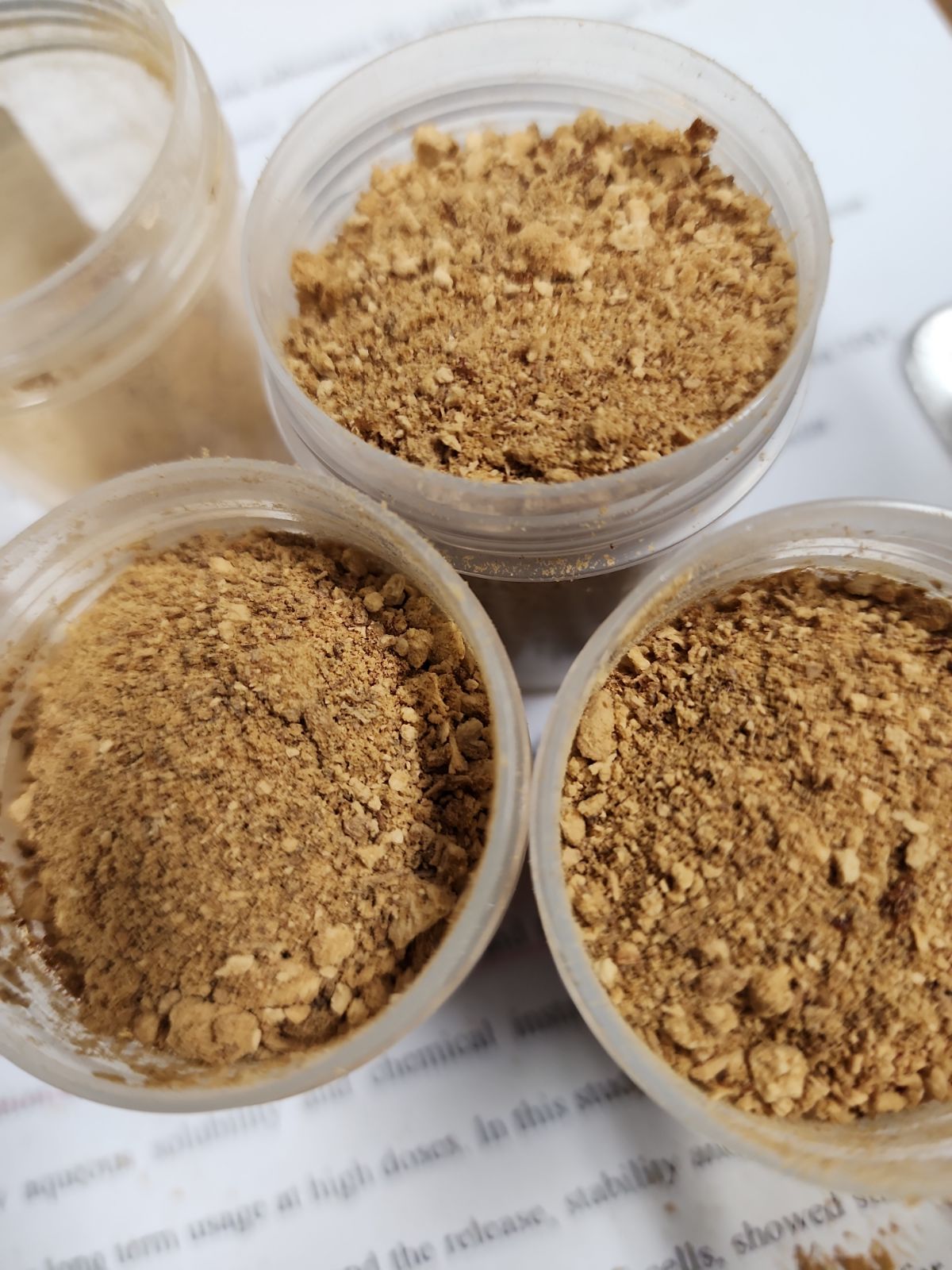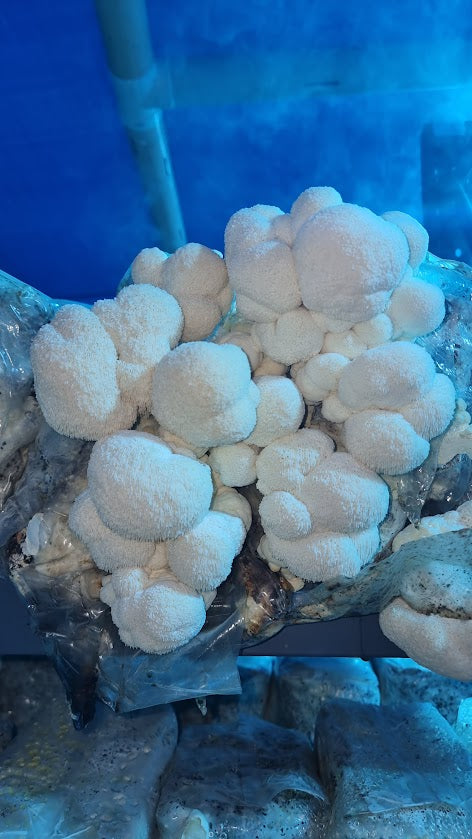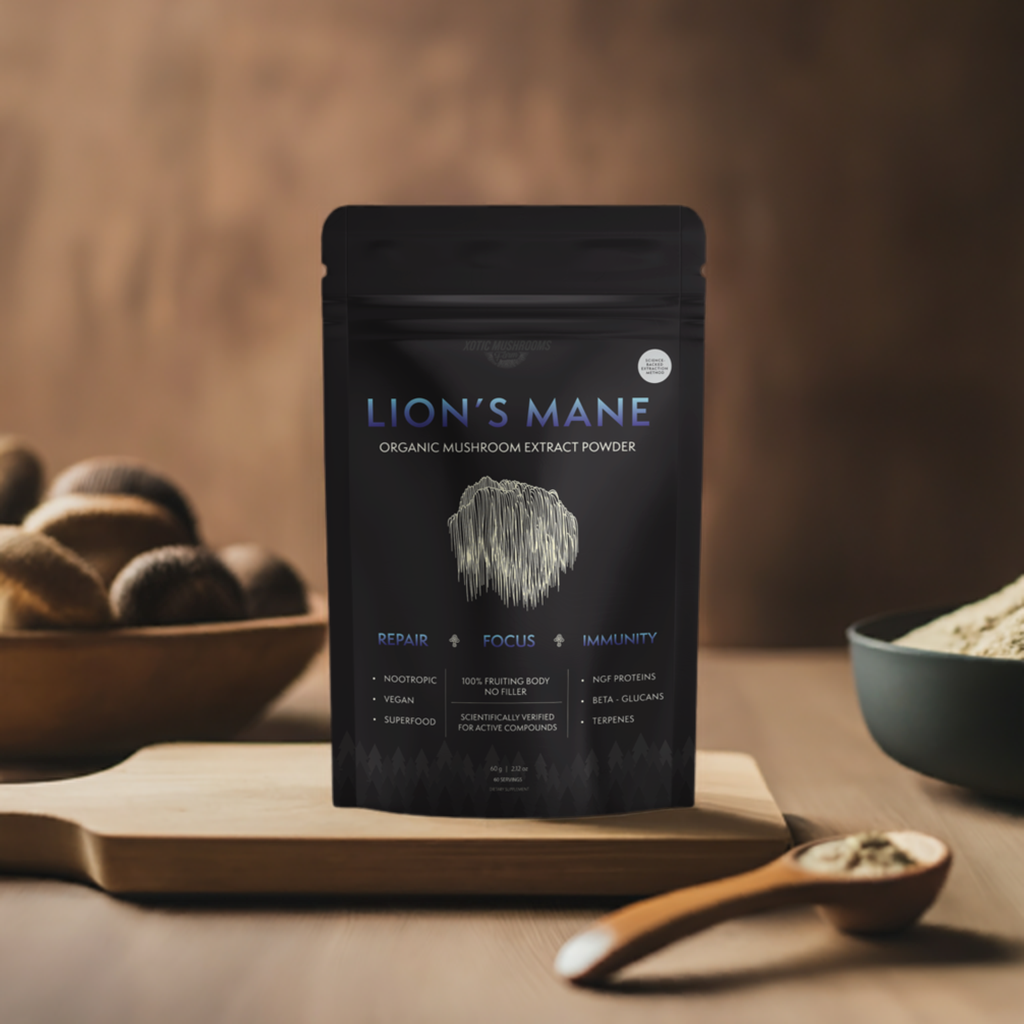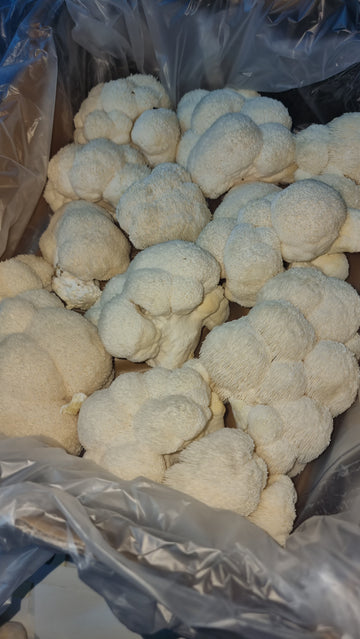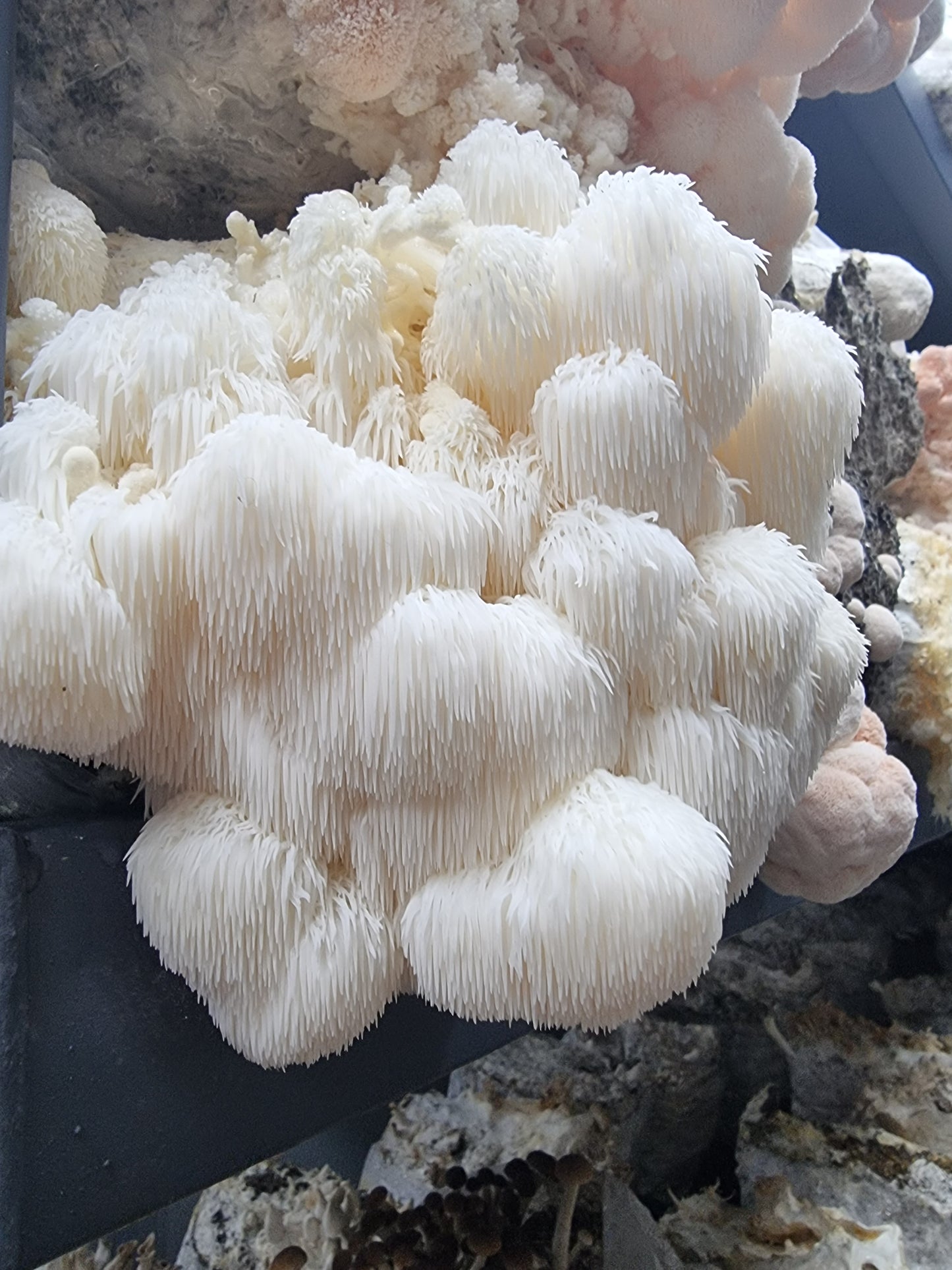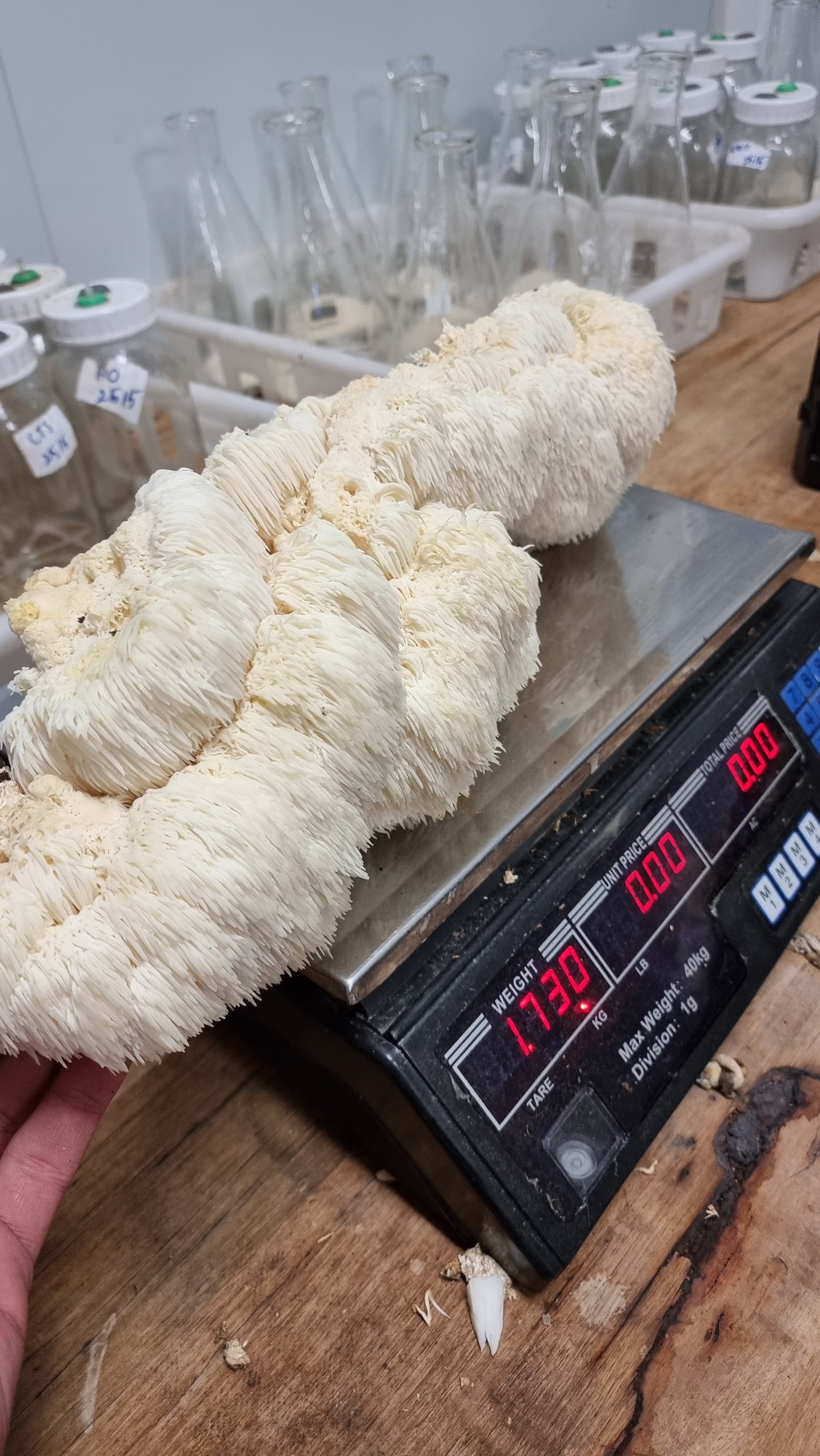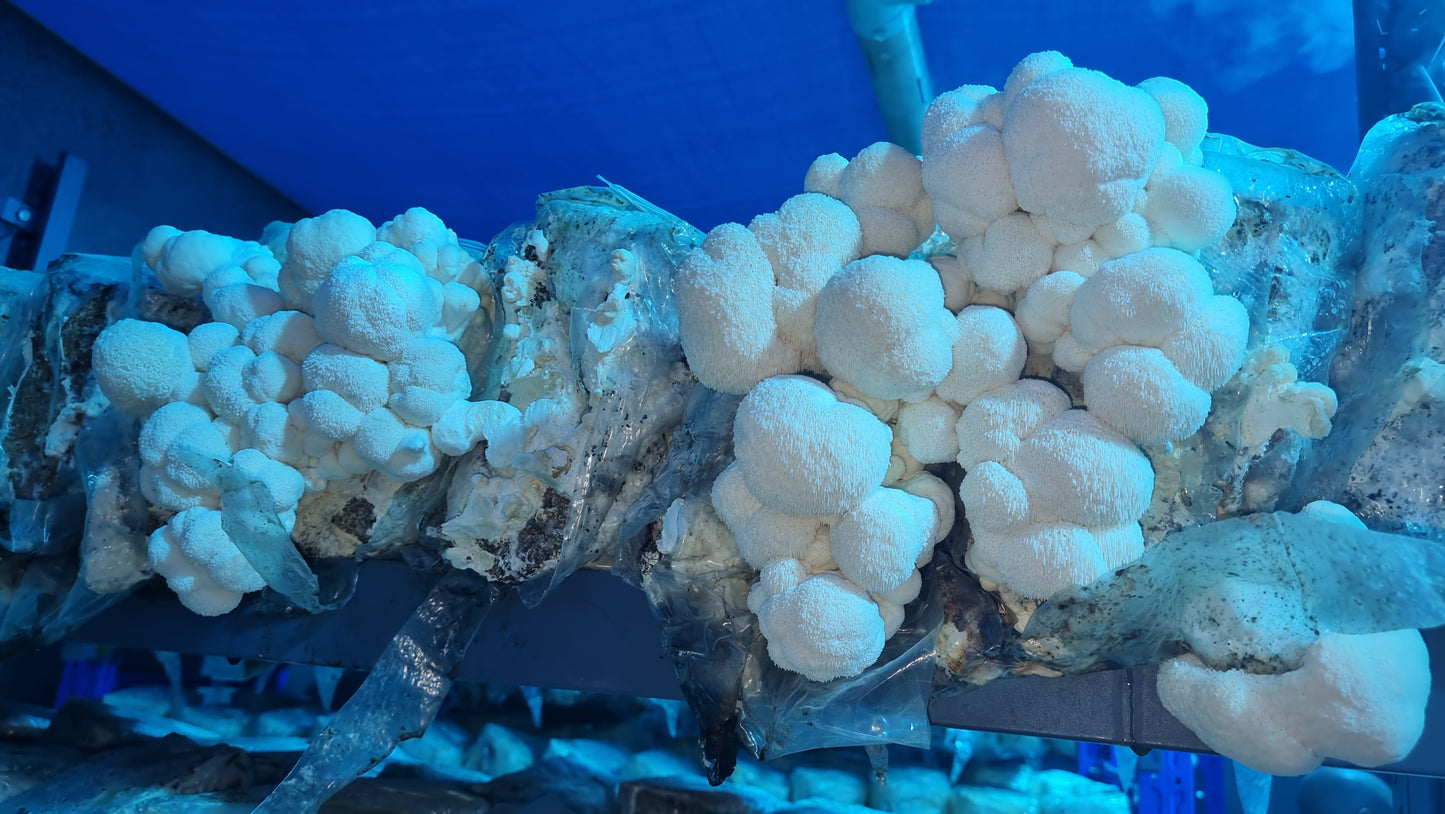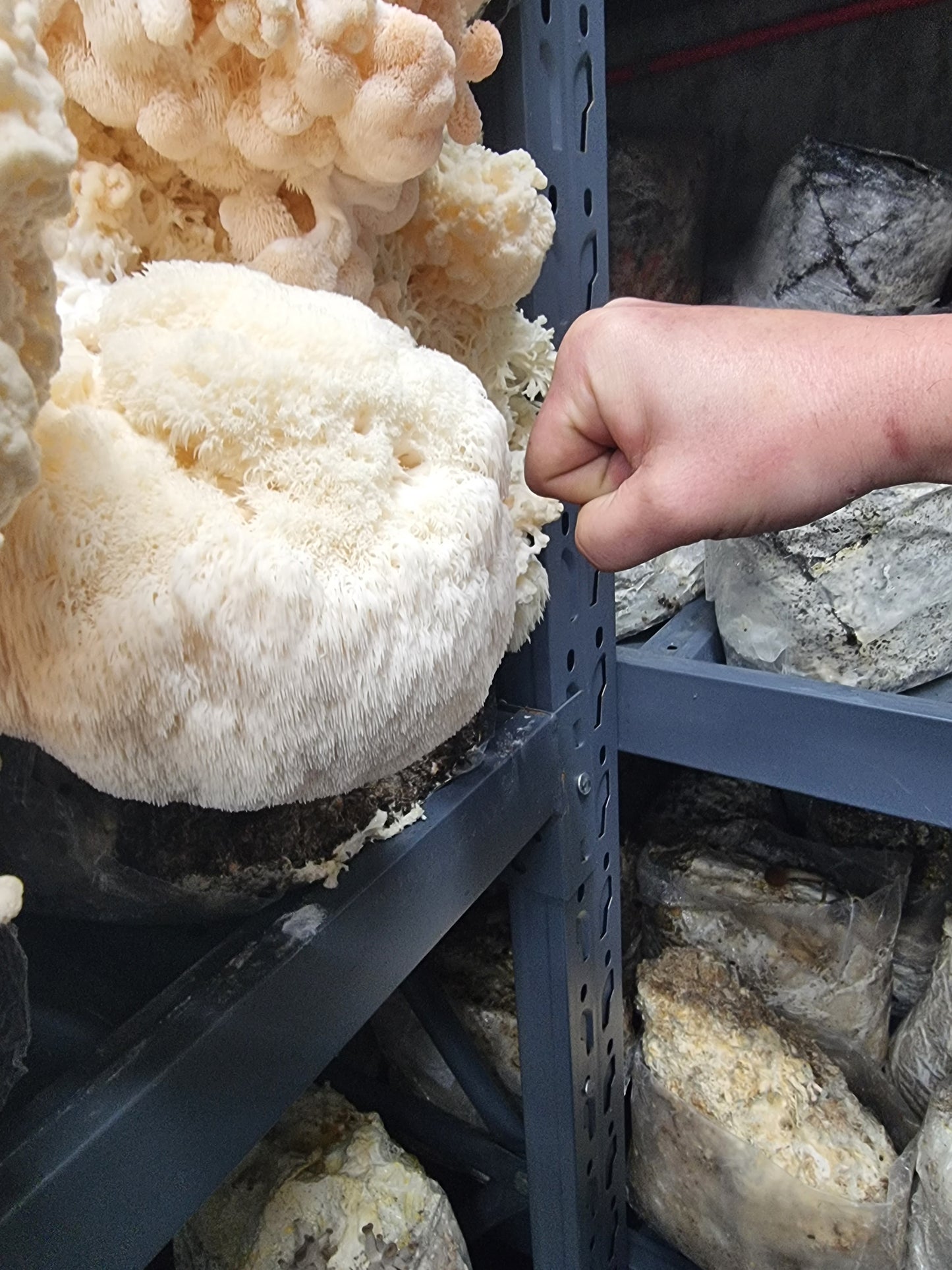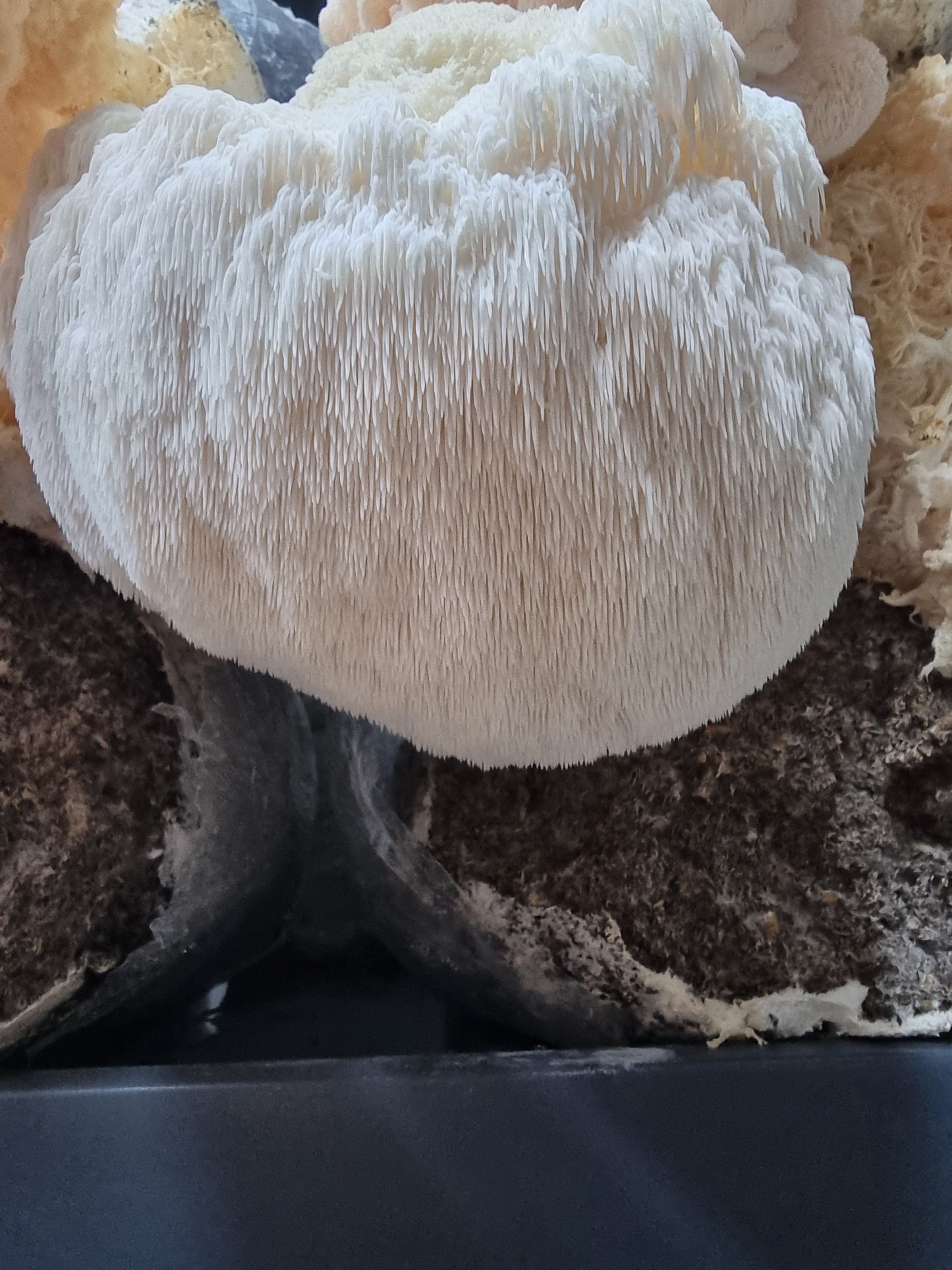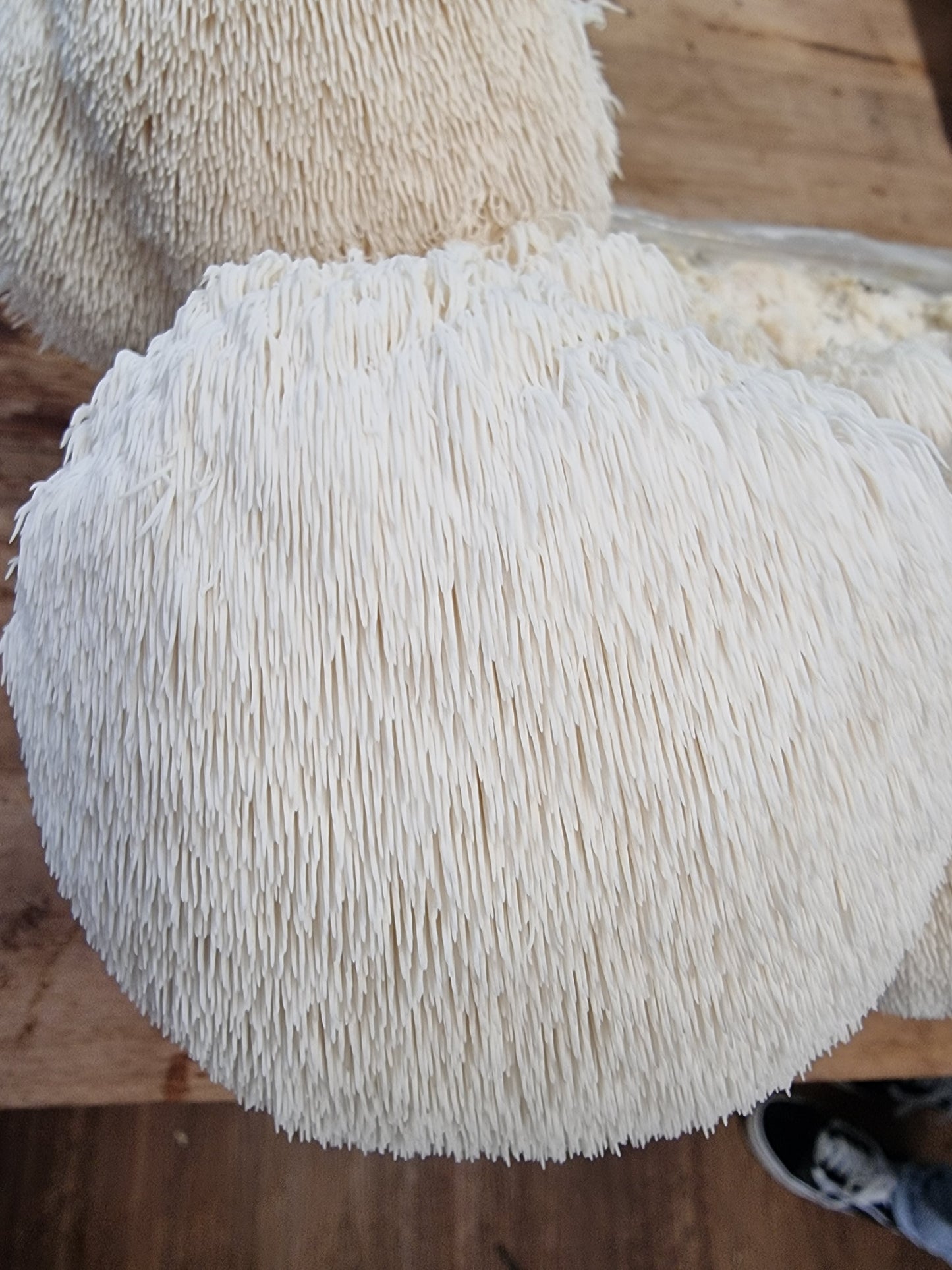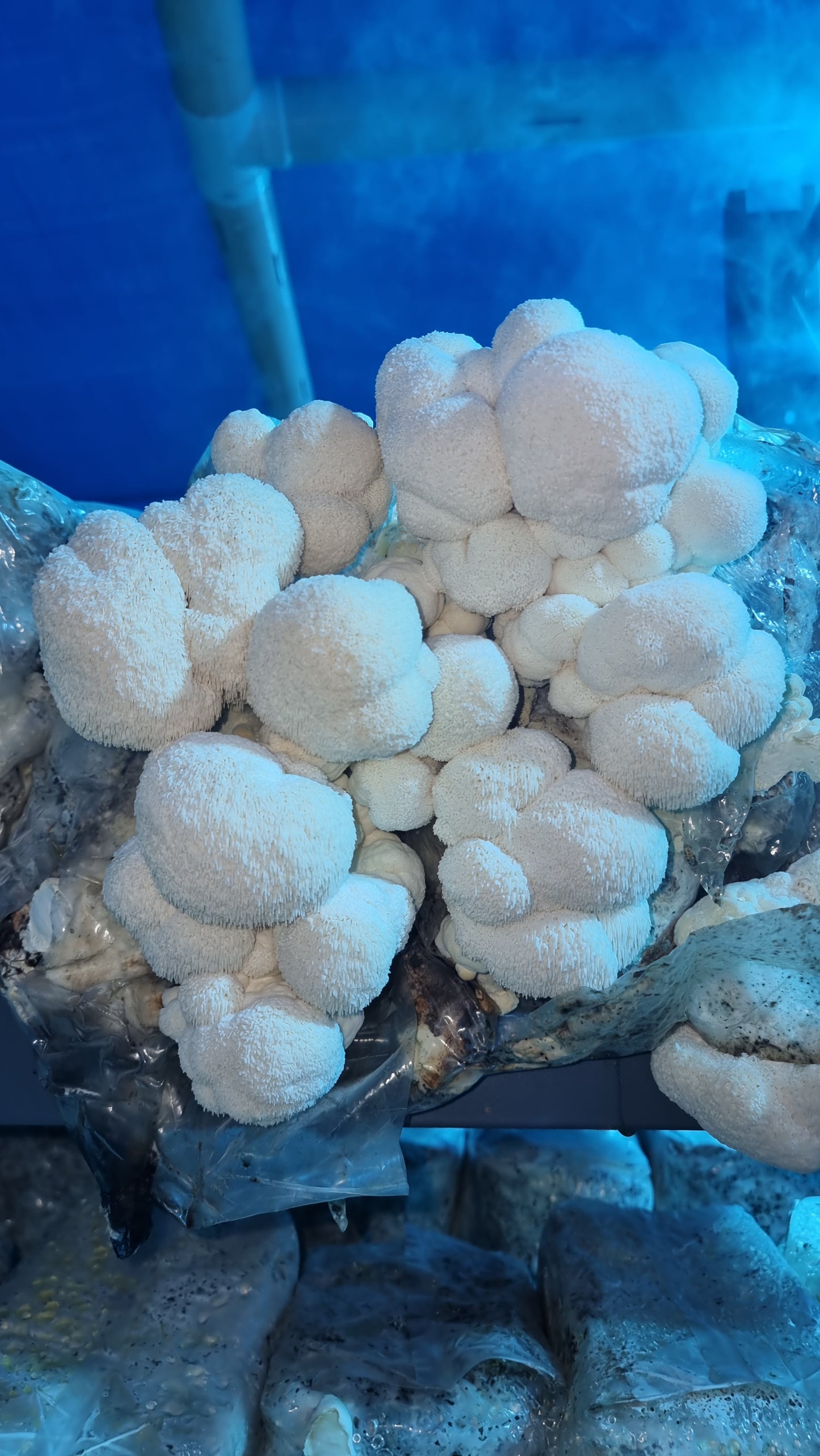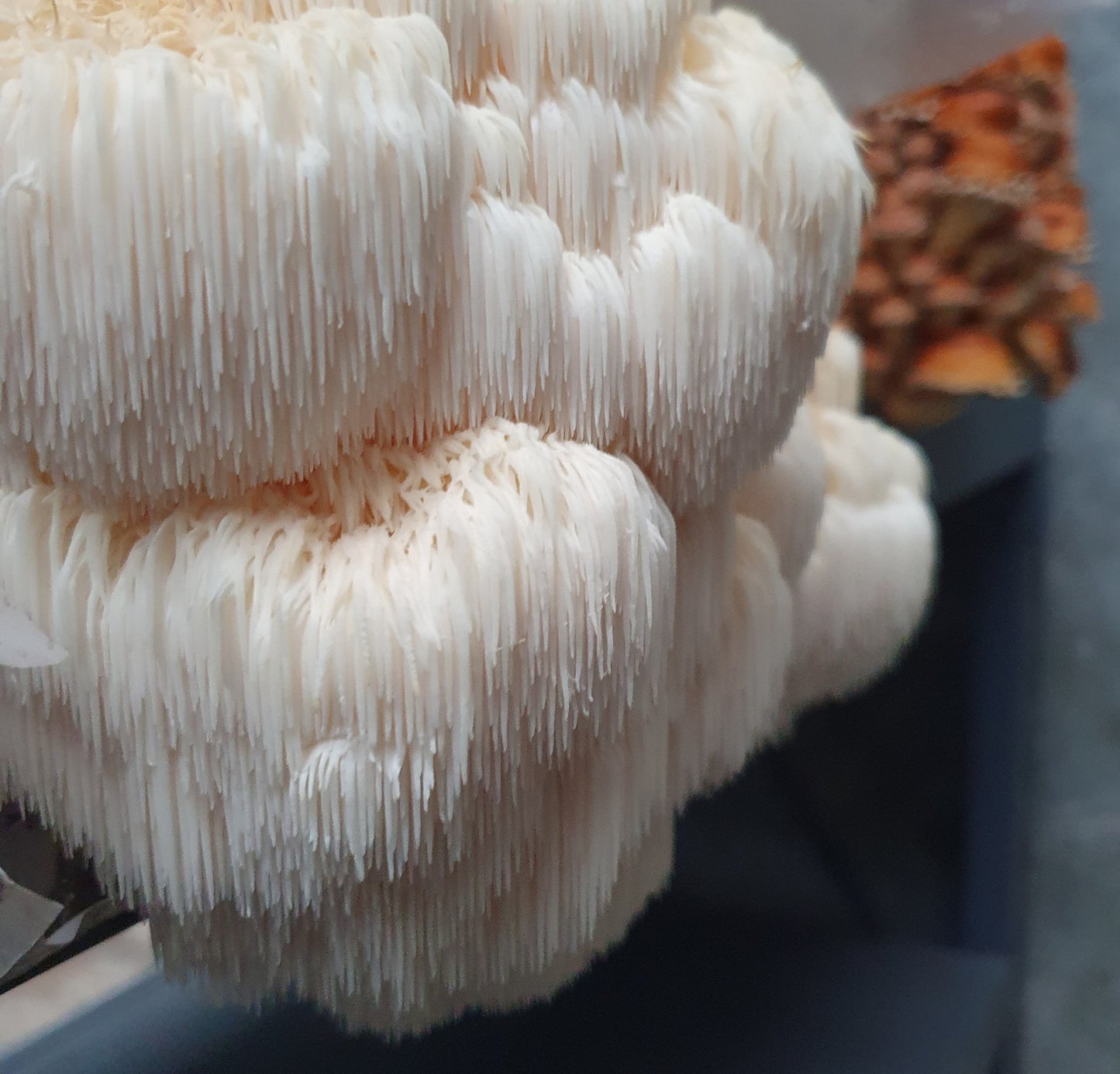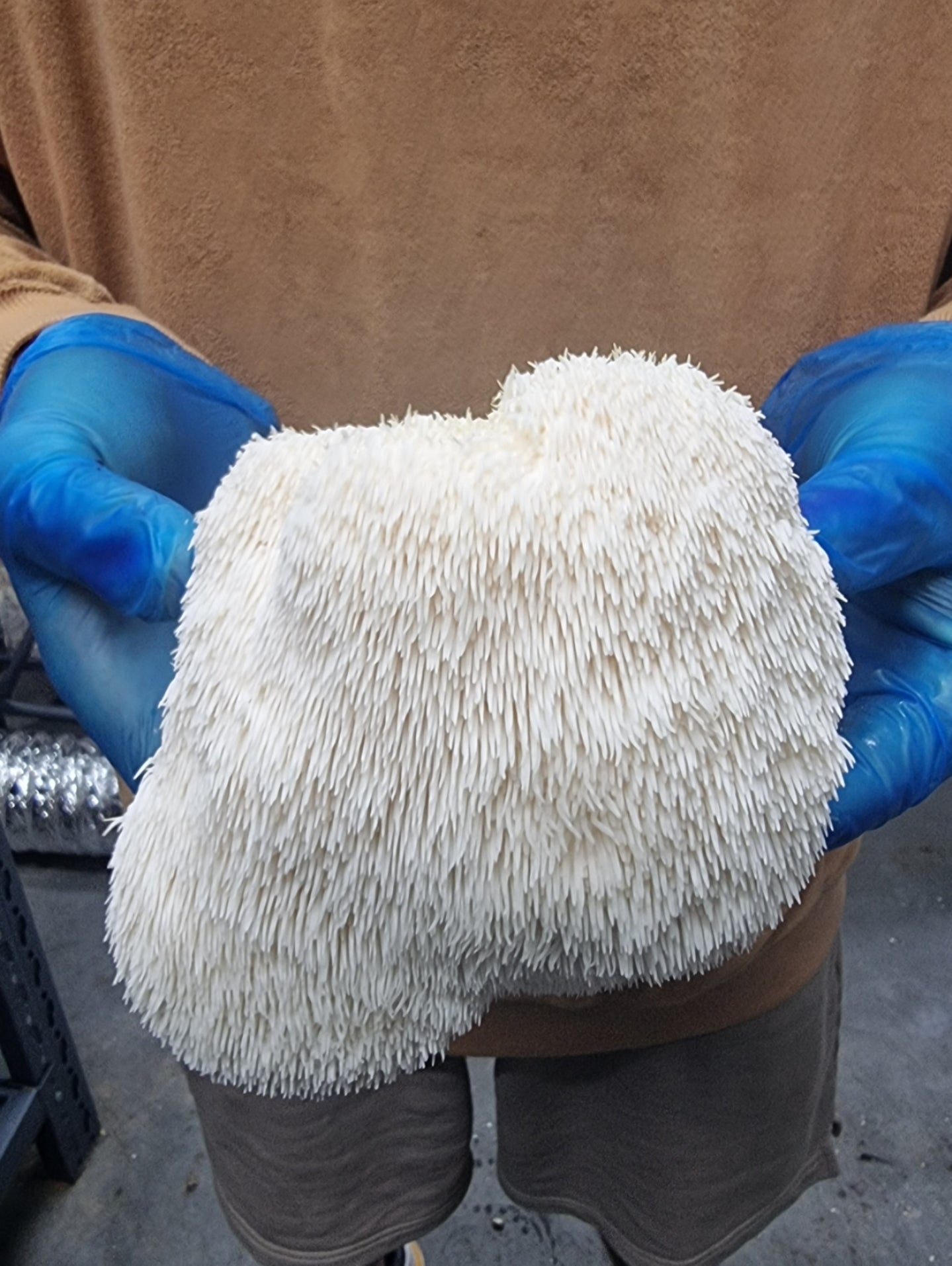Mushrooms are a delicious and nutritious addition to many dishes, but have you ever wondered if you can eat them raw?
While they’re often cooked to enhance flavour and texture, there’s more to raw mushrooms than meets the eye. In this article, we’ll unravel the truth behind eating raw mushrooms, exploring the potential health benefits and risks and how to enjoy them safely.
The answer may just surprise you! Ready to rethink your approach to these fungi? Let’s dig in and discover the facts!
Can You Eat Raw Mushrooms? The Answer May Surprise You!
Yes, you can eat raw mushrooms, but not all types are ideal for raw consumption. Common varieties like button, cremini, and portobello are safe and often eaten raw in salads or dips. However, raw mushrooms can be more complex to digest and may contain small amounts of toxins like agaritine, which cooking helps reduce. Always wash mushrooms thoroughly before eating.
Nutritional Benefits of Eating Raw Mushrooms

Raw mushrooms are a crunchy, flavorful addition to your meals. Whether adding them to a salad or enjoying them as a snack, it's important to know how they affect your health. Let’s explore everything you need to know about eating raw mushrooms.
- Low in Calories: Mushrooms are a low-calorie food, making them a great option for weight management.
- Antioxidant Content: Ergothioneine: its a powerful antioxidant that helps protect cells from oxidative stress and supports immune function. In contrast, Selenium Protects against oxidative damage and plays a role in thyroid health.
- Dietary Fiber: Supports digestive health by promoting regular bowel movements and feeding beneficial gut bacteria.
- Supports Immune Function: Mushrooms contain compounds like beta-glucans, which may enhance immune system activity.
- Promotes Healthy Skin: The B vitamins and antioxidants in raw mushrooms can support healthy skin, reduce inflammation, and protect against UV damage.
- Hydration: Mushrooms are high in water content, contributing to overall hydration and skin health.
- Heart Health: The fibre and antioxidant compounds in mushrooms may help reduce cholesterol levels, supporting heart health.
Potential Risks of Eating Raw Mushrooms

While mushrooms are popular and nutritious, eating them raw comes with certain risks. Many raw mushrooms contain compounds that are difficult to digest, such as chitin, which can cause stomach discomfort or bloating.
Some varieties, like button mushrooms, also contain small amounts of natural toxins, such as agaritine, which may have carcinogenic properties when consumed in large quantities over time.
Raw mushrooms may harbour bacteria or contaminants from the environment, especially if not properly cleaned, increasing the risk of foodborne illnesses. Wild mushrooms pose an even more significant threat as some edible varieties closely resemble toxic ones, making identification tricky and potentially dangerous.
Cooking mushrooms helps neutralise toxins, improves digestibility, and enhances their nutritional value. To avoid potential risks, cooking mushrooms thoroughly before consuming them is advisable, ensuring safety and maximising health benefits.
Which Raw Mushrooms Are Safe to Eat?
Not all raw mushrooms are safe to eat, as some can cause digestive discomfort or even be toxic. Here is a guide to mushrooms that are safe to eat raw and those that are not:
1. Lion’s Mane Mushrooms (Hericium erinaceus)

Lion’s Mane mushrooms are less commonly eaten raw but are perfectly safe to consume in their uncooked state. They have a unique, seafood-like flavour and a soft, almost spongy texture that works well in salads or as a topping for raw dishes. Clean them thoroughly before eating to ensure no dirt or grit remains.
2. White Button Mushrooms (Agaricus bisporus)
White button mushrooms are the most common and widely available type of mushroom. They are small, white, and have a mild, earthy flavour that pairs well with various raw dishes.
These mushrooms are often used in salads, as a topping for pizzas, or as a crunchy addition to raw vegetable platters. Ensure they are washed thoroughly to remove any soil or debris before eating.
3. Cremini Mushrooms (Baby Bella Mushrooms)
Cremini mushrooms are a slightly more mature version of white button mushrooms, making them marginally firmer and more flavorful.
Their nutty, earthy taste adds depth to raw dishes. Cremini mushrooms can be sliced thin and added to salads or served with dips for a hearty texture. Like all mushrooms, they should be cleaned properly to remove any dirt.
4. Portobello Mushrooms
Portobello mushrooms are the fully mature form of Agaricus bisporus and are known for their large size and meaty texture.
When eaten raw, their earthy flavour is pronounced, and their sturdy cap makes them ideal for stuffing with raw fillings or slicing thinly to use in wraps, sandwiches, or raw vegetable platters. Always trim the stems and clean them thoroughly before consumption.
5. Enoki Mushrooms (Flammulina velutipes)

Enoki mushrooms are characterised by their long, thin stems and small white caps. They are commonly used in Japanese cuisine, often eaten raw in salads or as a garnish in sushi. Their mild flavour and crunchy texture make them a versatile choice for raw dishes. Rinse them under running water to remove any dirt or residue.
6. Shiitake Mushrooms (Lentinula edodes)
Although shiitake mushrooms are better known for their umami flavour when cooked, they can be eaten raw in small quantities. Their firm texture and earthy flavour work well in salads or thinly sliced as a garnish for raw vegetable dishes.
It is essential to wash shiitake mushrooms thoroughly and remove the stems, as they can be tough and fibrous.
7. Oyster Mushrooms (Pleurotus ostreatus)

Oyster mushrooms have a delicate, mild flavour that makes them suitable for eating raw. They are often added to salads or used as a topping for raw dishes to provide a subtle mushroom taste without overpowering other ingredients.
Because of their soft texture, oyster mushrooms should be handled gently and appropriately cleaned before use.
8. Maitake Mushrooms (Hen of the Woods)
Maitake mushrooms are known for their unique, clustered appearance and robust flavour. When eaten raw, they have a slightly peppery taste that can add complexity to salads or raw platters.
Their texture is somewhat chewy, making them a hearty addition to any dish. As with all mushrooms, they should be rinsed well to remove dirt or debris.
What Are The Healthiest Ways to Eat Mushrooms?

With their unique flavours and textures, these versatile mushrooms can transform any dish into a nutrient-rich delight. Learn how to prepare them in ways that preserve their goodness and elevate your meals.
- Sautéing: Cook in healthy oil (olive or avocado), adding garlic, onions, or herbs for flavour and nutrition.
- Grilling: Grill large mushrooms like Portobello with a light marinade for a smoky, nutrient-rich dish.
- Roasting: Roast in the oven to caramelise flavours while retaining nutrients, great as a side or in bowls.
- Adding to Soups and Stews: Mushrooms absorb broth flavours, preserving vitamins and adding texture to dishes.
- Eating them raw: They retain all their nutrients, making them ideal for varieties like white button, cremini, or enoki.
- Stir-Frying: Quick, healthy, and nutrient-preserving when cooked with other vegetables in a wok.
- Steaming: Low-fat option that softens the texture and preserves nutrients, ideal for simple meals.
- In Smoothies (Powdered Mushrooms): Add medicinal mushroom powders like Lion’s Mane, Chaga, or Reishi for a health boost.
- Stuffed Mushrooms: Bake with nutritious fillings like spinach, quinoa, or nuts for a creative, nutrient-dense dish.
- Fermenting: Enhance probiotics and digestion using fermented mushrooms as a condiment or side.
- Blending Them into Dishes: Raw mushrooms are a popular ingredient in salads, sushi rolls, sandwiches, and wraps, where their delicate flavour and crisp texture can shine. They can also be added to dips like hummus or used as a topping for avocado toast. Boost nutrients in burgers, meatballs, or sauces with finely chopped mushrooms.
- In a Healthy Mushroom Tea or Broth: Use Reishi, Shiitake, or Maitake for an antioxidant-rich tea or broth to support immunity.
What Happens if You Eat Raw Mushrooms in Excess?

Eating raw mushrooms in excessive quantities can lead to a few potential issues. As mentioned earlier, agaritine in raw mushrooms can cause gastrointestinal discomfort or irritation if consumed in large amounts over time.
Additionally, the chitin in mushrooms may lead to bloating, gas, or indigestion if you cannot digest it properly.
While eating a few raw mushrooms in moderation is generally safe, consuming large quantities regularly could increase the risk of long-term digestive issues.
If you experience any discomfort or adverse reactions after eating raw mushrooms, it’s best to cut back and consult with a healthcare provider.
Conclusion
Raw mushrooms can be a tasty addition, but cooking unlocks their full nutritional potential and ensures easier digestion. Whether raw in salads or cooked to perfection, quality matters.
Elevate your meals with the freshest, premium mushrooms from Xotic Mushrooms. Explore our range today and enjoy mushrooms as nature intended—safe, delicious, and nutrient-packed!
